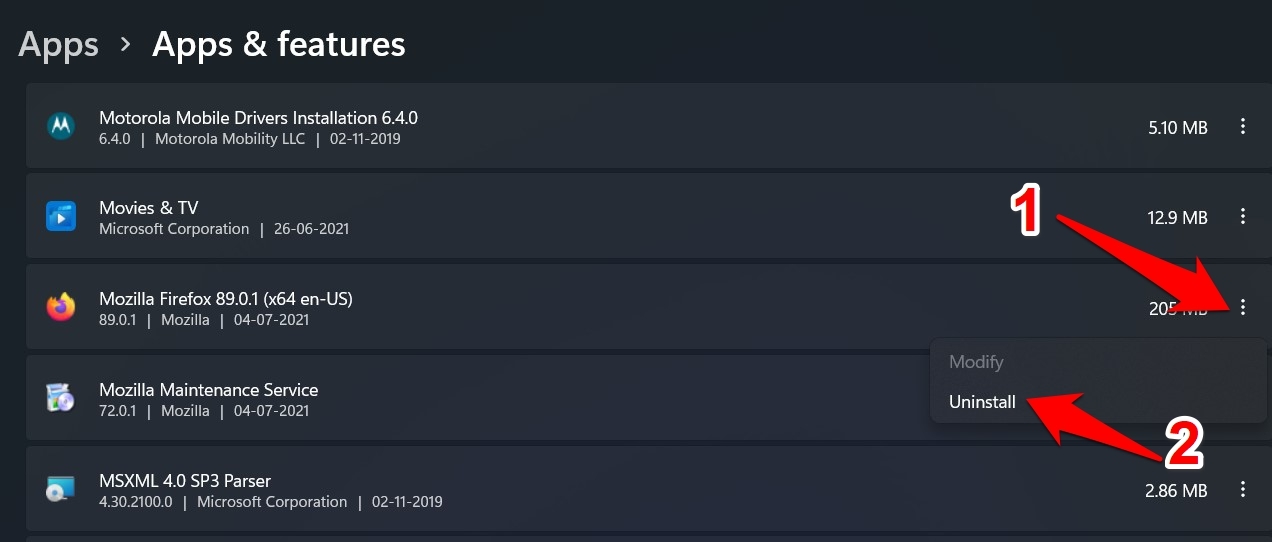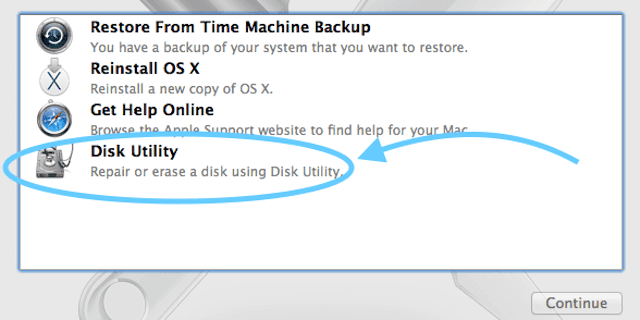

The main culprit seems to be full screen video playback on Mac OS X.įirefox 94 Stable introduced several new features, at least for some users. The update will be released later today by Mozilla it will resolve the issue on Mac OS X 10.12 as well once installed. I’d delete so many people’s corrupt music preference files that Justin Bieber might just cease to exist.At least one other site, Twitch, was confirmed to cause the issue as well under certain circumstances.Ī quick workaround was to set the preference full-screen-api.macos-native-full-screen to TRUE on about:config. The same scenario applies, though-if you find that deleting the file didn’t fix the problem, you can always put it back. Preference files stored in that location can affect all users of your machine, so the implications are a bit far-reaching.

Another important thing to know is that some preference files live within the /Library/Preferences folder at the top level of your hard drive, but you’ll need to be a bit more cautious mucking around in there (and you’ll have to authenticate as an administrator to make any changes if you’re not already logged in as one). If the problem isn’t resolved by that, you can always put the old preference file back where you got it (with the application in question not running), and all of the customization options you chose for that program will return. Or tell other people what you’ve done so they can pat you instead, which may be more satisfying. The next time you launch the persnickety application, it’ll rebuild a default version of that file, and if your problem’s gone, you can pat yourself on the back.

Once you’ve found the allegedly corrupt preference file, delete it. Here’s a list of the extremely exciting preference files I have on my machine. So, for example, the Finder’s preference file is named, and the one for PDFpen is. They’re almost always named in this manner:Ĭom.plist If you quit the offending program, you can then look in /Library/Preferences for the associated file.

Here are some handy-dandy ideas, though, on how to correct the problem if you suspect one’s gone rogue. Preference files store all sorts of application-specific information, everything from what your browser’s home page is to your default Mail font settings, and even some things you might not think about, like what shortcuts you keep in your Finder sidebar. One of the more common causes for unusual behavior on the Mac is a corrupt preference file, especially if the symptom is a program that won’t open or one that crashes frequently.


 0 kommentar(er)
0 kommentar(er)
